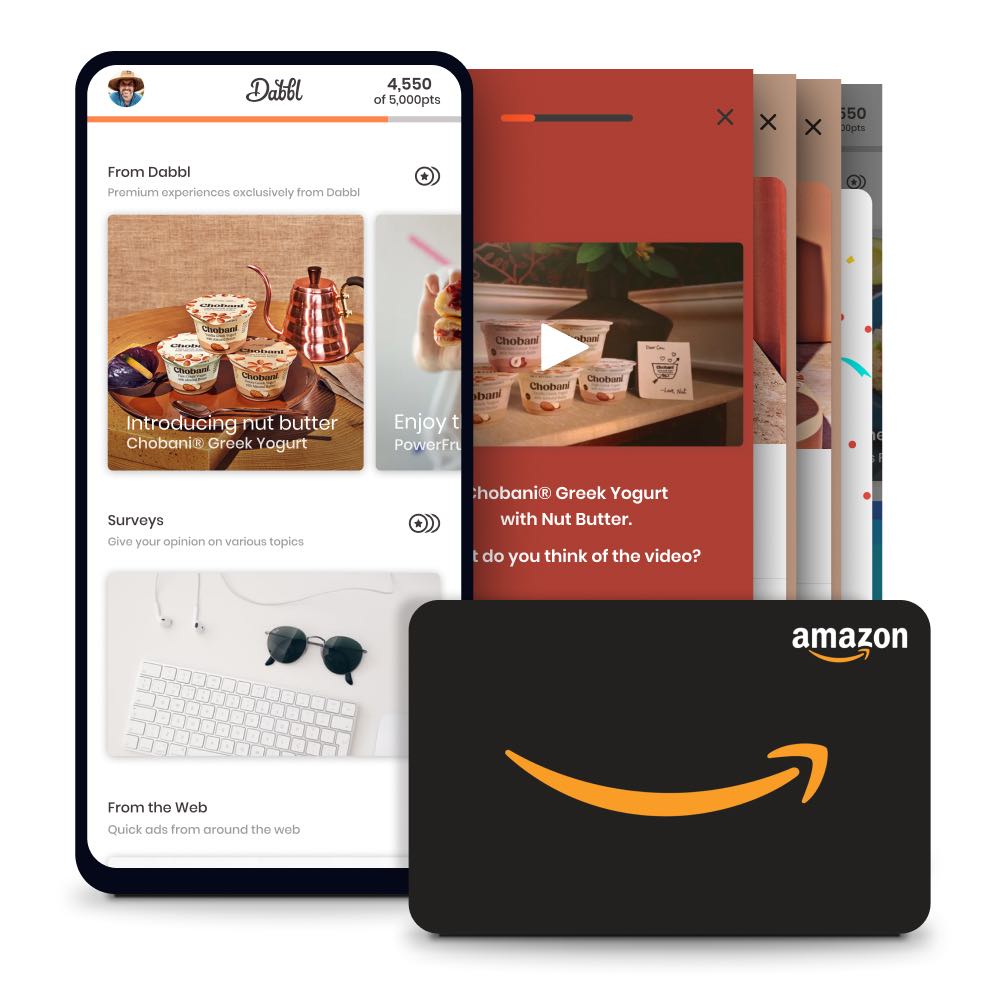If you could reinvent advertising, what would it look like? A clean sheet. What is your definition of ideal advertising?
With radical disruptions in marketing and how people engage and develop trust with brands, modern advertising has found itself in a funk.
What would advertising look like that people enjoy rather than avoid? What would advertising look like that delivers better performance for brands than the advertising that so many now avoid?
Here’s our submission below. Below are a dozen points we see transforming advertising for both advertisers and consumers.
1. Engage People that Actually Want to Hear From Your Brand
Opt-in. Pull, not push. Ideal advertising would draw people willingly to engage with your brand.
Research (and common sense) show that you get better results when both parties want to engage with each other. Traditional advertising’s interruption model where only the interrupting brand wants to be there is a model that needs to be dumped.
Consumers are in charge. Despite advertising’s attempts to dominate the rules, consumers will increasingly take back control with ad blockers, moving on to limitless other media sources that give them more control, or simply ignore it with ever more dexterity.
2. People Receive Direct Value By Engaging With the Advertising
How do you achieve item 1 above? How do you pull people rather than just push?
Your brand’s advertising would need to offer real value to the consumer. Content marketing is an example of pull marketing that earns attention by offering helpful info, entertainment or other value people seek out and opt into.
Ideal advertising would provide, real, direct, undeniable value to those who experience it.
3. Reach Large Audiences Instantly
But pull marketing like content marketing can be slow to build an audience. Ideal advertising would keep the single core principle that makes advertising, advertising — and what has made it such an enduring form of marketing for so long — pay to reach large audiences nearly instantly.
4. A Business Model Beneficial to Both Your Brand & Consumers
And so for the above to work, both advertisers and consumers would need to benefit. Ideal advertising needs a different business model.
Traditional advertising is a model where the benefits go to the publishers and the advertisers, often at the expense of the consumer, annoying them and keeping them from the media they want. Yes, advertising pays the bills for that media, but with the explosion of media and people’s changing attitudes, ads are seen more as media interruptors than media enablers.
Ideal advertising is one where the incentives for advertiser and consumer are truly in balance. It requires a model where the advertiser gets the attention and consideration it seeks from consumers, and in return, it offers something of equal value to those consumers whose attention and consideration it gains.
Win-win.
5. The Time to Build Relationships
TV’s 30 seconds — or even 15 seconds — of time with the consumer, seems to be a thing of the past in digital (and maybe, soon, on TV too.) The buzz currently is around 6 seconds. Will the next threshold be 3 seconds?
Ideal advertising would allow more time to build relationships between brands and consumers. More time to tell your stories. More time to listen and learn from consumers.
6. Bi-directional: Both Educate & Learn
Ideal advertising doesn’t just talk.
Yes, it talks. It tells it’s stories and communicates its messages. But it can also shut up and listen. It can hear and learn what consumers have to say as well.
Ideal advertising educates consumers on its brand while also learning what’s important to them as well. It would be less about sneakily stalking them to build data that creeps them out and more about learning directly from them, building first-party learning.
7. Rich Mobile Engagements
Ideal advertising would offer not just passive consumption, but also include active (and easy to produce) engagements. Active marketing audiences can have greater brand recall, deeper discovery and can tell you more about what’s important to them.
And it can simply be more fun.
8. Relate to People’s Lives Beyond Their Media Consumption
To get that longer, more engaged time with consumers, an alternative to traditional advertising’s model of interrupting their media will be needed. If your brand’s advertising is an obstacle to what people really want (like that funny video or friend’s post), they’ll want to be done with your brand as soon as possible.
Media is also simply too crowded. Too noisy.
Interrupting people’s media, social or otherwise, isn’t the ideal model.
Luckily, people have rich lives and media consumption is only one part of it (and not necessarily the part they feel is most important.) Instead of interrupting and supporting more media consumption, advertising dollars would ideally support these other parts of their lives.
9. Brand Safe
Ideal advertising would devote 100% of the consumer’s experience to the brand. There would be no questionable third-party content for the brand’s ad budget to support or be associated with. This would be another benefit of not interrupting someone else’s media.
10. No Fraud
Ideal advertising would have verification methods for confirming that each audience member is, indeed, a real human and not a bot. One example of this might be associating accounts with unique mobile device ids.
11. Pay Only For 100% Viewability, 100% Completion
Paying for a “view” that is just a percentage of all pixels for just a few seconds of time would be a thing of the past. Ideal advertising would charge advertisers only for full and complete engagement.
12. Deliver Top to Bottom Funnel Results
The attention and relationships developed with these more respected consumers would deliver real, material value to your brand throughout their buying journeys.
Ideal advertising would introduce your brand to new consumers at the top of the funnel, delivering great brand awareness and recall. It would allow lots of engagement for nurturing mid funnel relationships. It would generate real sales at the bottom of the funnel. And it would nurture relationships and keep your brand top of mind post-sale.
Not Just Dreaming
The exciting thing is that there are creative, resourceful people in technology, agency-side and client-side redefining advertising. It’s a challenging time for advertising, but also one with great potential.
At Dabbl, we’ve built an attention marketplace focused on all of the above. Forward-thinking people at bold brands like Starbucks, Oreo, Schick and many others have chosen to engage with consumers in this whole new, friendly way.
We look forward to others joining us in reinventing the industry for today’s consumers.
How would you craft the ideal advertising model? We’d love to hear your ideas. Let us know on Twitter and LinkedIn.
Photo by Brooke Cagle.

